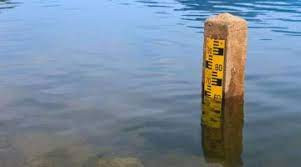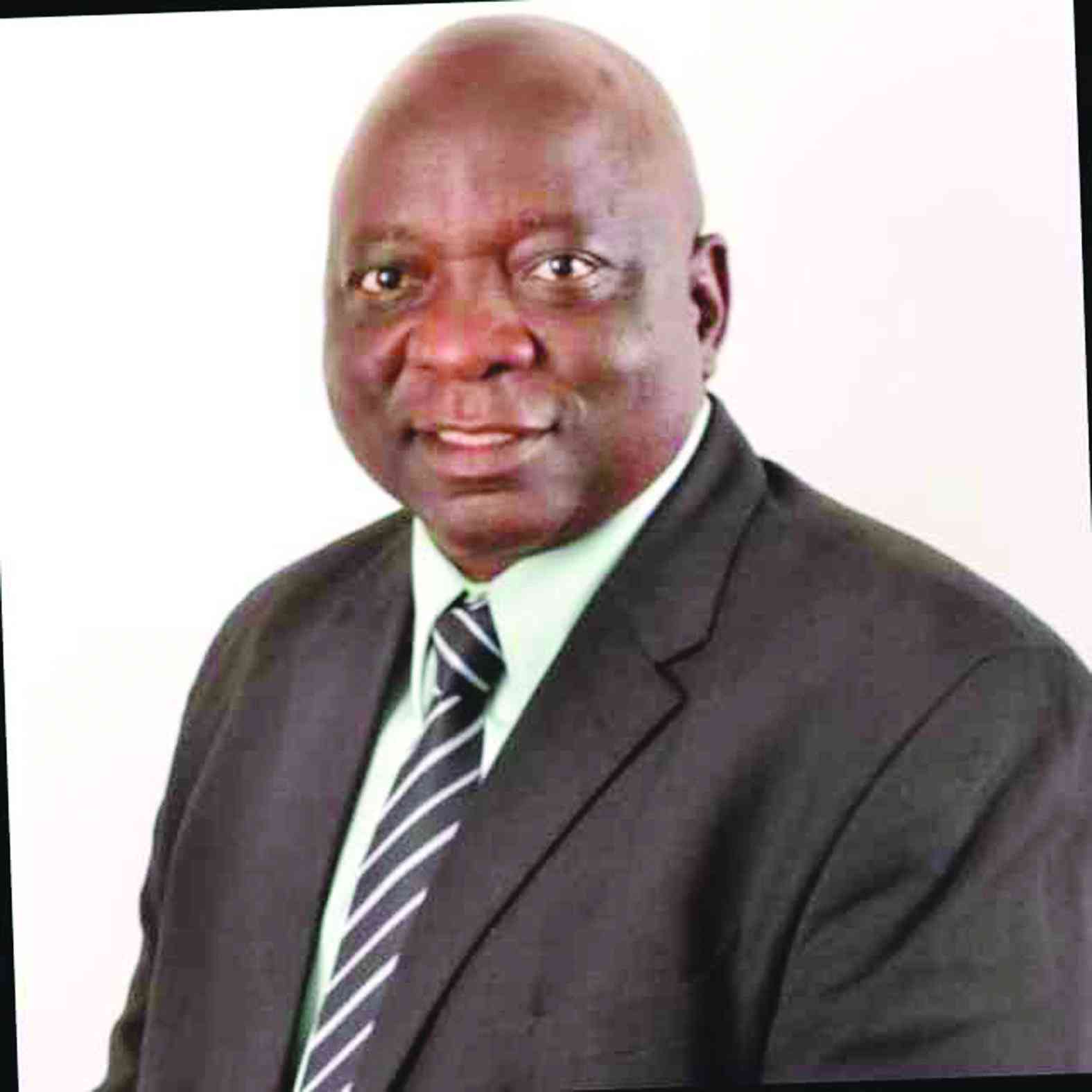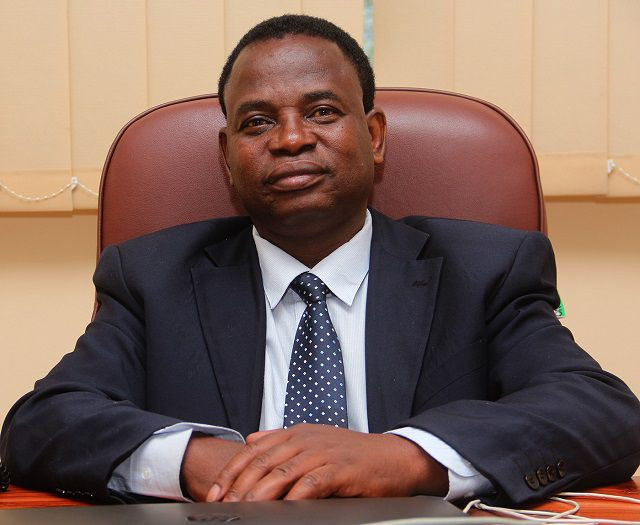
BULAWAYO supply dams are currently at 44,43% with the total volume of all dams at 184 208 617 cubic metres while the drawable volumes are at 167 623 509 cubic metres (m³), underlining the crisis the city is facing in supplying water to residents.
There are, however, fears that Umzingwane Dam may be decommissioned anytime this month if weather conditions remain dry.
According to Bulawayo City Council’s data, all dams are actively supplying the city but Umzingwane is in a precarious state.
Umzingwane Dam is currently at -20,540m³.
The council’s statistics also showed that Insiza Mayfair has the highest water level at 95 944 757m³, followed by Mtshabezi with 36 664 160m³, Inyakuni being the third with 22 652 600m³, Upper Ncema with 8 201 340m³ and Lower Ncema with, 4 181 192m³.
Mayor David Coltart told Southern Eye during the week that the total percentage of water in supply dams as of November 29 was at 44,43% with actual global storage being 184 236 617m³ while the usable volume is 167 651 509m³.
“The usable volumes continue to decline and the available head in the dams to deliver water is also depreciating in tandem with the reduced volumes.
“According to the projections, Umzingwane Dam is currently at 3,95%, and the city has stopped abstraction (from it) as it is in the process of being decommissioned as the usable volume has been depleted, leaving only dead water necessary for preservation of the dam and conservation of aquatic life,” he said.
- Uproar over census figures
- Byo Arts Festival in turmoil…One year later, festival has yet to pay artists…Organisers play cat and mouse with artists
- Bulawayo struggles to clear housing backlog
- Council acts tough on debts
Keep Reading
However, residents have on several occasions complained that the shortage of water in the city may be as a result of siltation of dams which affects their holding capacity.
But Coltart said all City of Bulawayo dam penstocks were not submerged in silt, hence they were still able to abstract.
“Siltation in dams is indeed a common issue that occurs over time due to denudation and erosion caused by surface runoff.
“While it is challenging to completely avoid siltation, proper dam design and maintenance can help mitigate its effects.
“Only the dead water which is available for aquatic life and is not usable for drinking purposes is affected. As such, the City of Bulawayo is not currently affected by siltation in its supply dams,” Coltart said.
The Bulawayo water supply dams are in the gold-rich Umzingwane district where illegal gold panning is rampant.
Matabeleland South Environment Management Agency provincial spokesperson Simon Musasiwa said illegal mining activities around Umzingwane Dam disturbed the supply of water to the city.
“There is a potential for soil erosion and the siltation of water bodies should illegal unregulated mining operations continue close to water bodies.
“Such operations can impact the quality and quantity of raw water thus all avenues should be pursued to have these operations regularised, if possible,” Musasiwa said.
He said regularisation would safeguard the environment and communities.
“Joint operations by all authorities with a stake in mining operations are regularly done and continue to be needed so as to safeguard our communities from unregistered mining operations,” he said.









